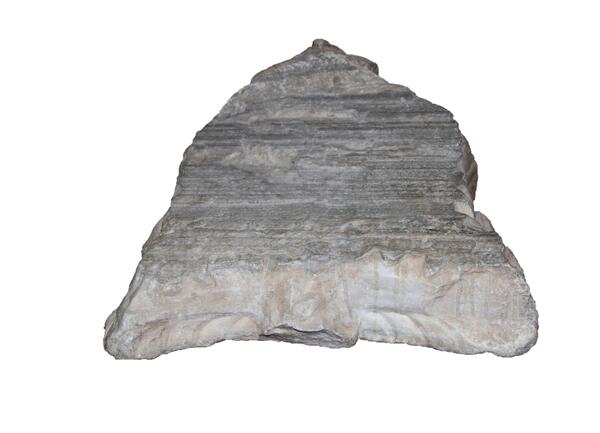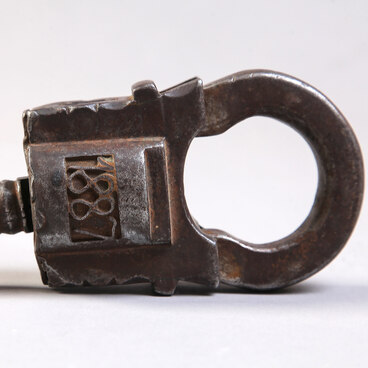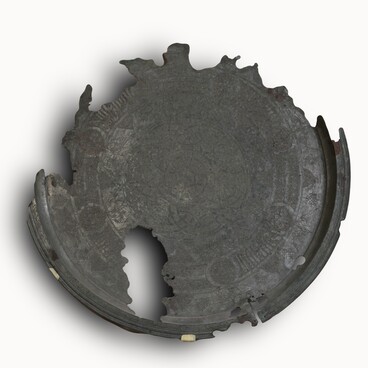The architecture of the cities in the Golden Horde developed by blending the urban planning traditions of Central Asia, Volga Bulgaria, Transcaucasia and Byzantium. The emergence of the Golden Horde cities in the steppes of Eastern Europe had a special feature: these settlements were not the result of long economic development of the settled population in the region. On the contrary, they sprang up at once, over a short period of time.
This tendency was one of the reasons for borrowing urban experience and architectural traditions from neighboring peoples. They had inhabited those territories for a long time and were familiar with the terrain and weather conditions. Along with knowledge and experience, construction materials were brought to the Golden Horde cities from all conquered territories. One of the materials supplied and used was marble.
The Golden Horde craftsmen did not fully understand the qualities of this building material, which is why it was not widely used. The cities were built predominantly of clay bricks.
In the 1970s, excavations of a large cathedral mosque were carried out at the Vodyanskoye ancient settlement in the Volgograd Region. This is where the marble capital on display was found. It was located under a large marble column, which had presumably been brought from an ancient Greek city on the Black Sea coast.
This find is assumed to have been used as a support either for a column or for the Quran. The mosque itself, as the archeologists found out, was built in the second half of the 14th century. It was rectangular in plan. The walls of the mosque were built of quarry stone on clay mortar. There was a mihrab — a semicircular niche on the southern wall. It faced Mecca.
Inside the mosque, a columned hall was built. The entrance, decorated with two pylons made of stone slabs, was at the northern side. A minaret was attached to the north-eastern side. It was established that it had been decorated with a band of blue glazed bricks. The Volgograd Regional Museum of Local History has a hand-made model of the mosque.
This tendency was one of the reasons for borrowing urban experience and architectural traditions from neighboring peoples. They had inhabited those territories for a long time and were familiar with the terrain and weather conditions. Along with knowledge and experience, construction materials were brought to the Golden Horde cities from all conquered territories. One of the materials supplied and used was marble.
The Golden Horde craftsmen did not fully understand the qualities of this building material, which is why it was not widely used. The cities were built predominantly of clay bricks.
In the 1970s, excavations of a large cathedral mosque were carried out at the Vodyanskoye ancient settlement in the Volgograd Region. This is where the marble capital on display was found. It was located under a large marble column, which had presumably been brought from an ancient Greek city on the Black Sea coast.
This find is assumed to have been used as a support either for a column or for the Quran. The mosque itself, as the archeologists found out, was built in the second half of the 14th century. It was rectangular in plan. The walls of the mosque were built of quarry stone on clay mortar. There was a mihrab — a semicircular niche on the southern wall. It faced Mecca.
Inside the mosque, a columned hall was built. The entrance, decorated with two pylons made of stone slabs, was at the northern side. A minaret was attached to the north-eastern side. It was established that it had been decorated with a band of blue glazed bricks. The Volgograd Regional Museum of Local History has a hand-made model of the mosque.



